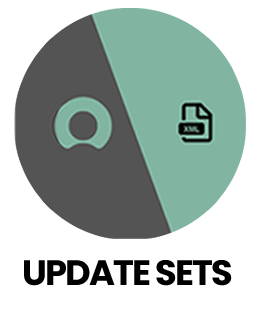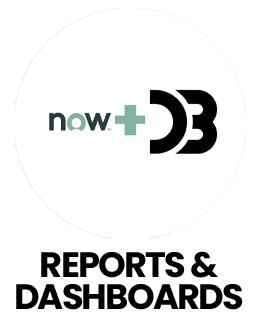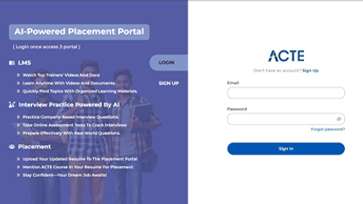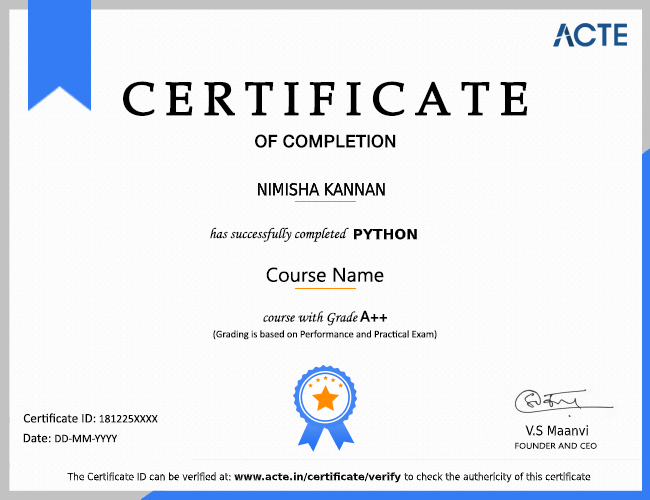1. What is ServiceNow and how is it different from other ITSM platforms?
Ans:
ServiceNow is a cloud-based IT Service Management (ITSM) platform designed to help businesses manage incidents, changes, service requests, assets and workflows efficiently. Unlike traditional ITSM tools, ServiceNow offers extensive automation capabilities, highly customizable workflows, advanced analytics and a broad ecosystem of integrations. This allows organizations to tailor IT operations to meet their unique business processes while improving efficiency and service delivery.
2. What are the essential skills a ServiceNow professional should have?
Ans:
A ServiceNow professional should have expertise in core modules such as Incident, Problem, Change and Service Catalog. Knowledge of configuration, automation tools like Flow Designer, Business Rules and Workflow Editor is essential. They should also be able to create reports, dashboards and performance analytics. Basic scripting skills using Business Rules, Client Scripts and UI Policies are valuable, along with strong communication, problem-solving and collaboration abilities.
3. How do you approach a new ServiceNow project?
Ans:
When starting a ServiceNow project, I first gather IT goals and user requirements through stakeholder meetings and process analysis. I then design the data model, configure tables, workflows and automation and set up reports and dashboards. Thorough testing is conducted, followed by gathering user feedback to make improvements. The process is iterative to ensure the platform is fully adopted and meets organizational needs.
4. What is a ServiceNow Table and why is it important?
Ans:
A ServiceNow table is a structured database used to store records such as Incidents, Users or Assets. While standard tables are provided by default, custom tables can be created to meet unique business requirements. Tables form the backbone of ServiceNow, allowing organizations to organize, manage and report IT service data efficiently. They are crucial for maintaining accurate information and supporting analytics.
5. How do you ensure your ServiceNow solution is user-friendly and accessible?
Ans:
To make ServiceNow solutions intuitive, I focus on clear forms, logical navigation and consistent naming conventions. Page layouts are designed to be readable, fields are labeled properly and keyboard accessibility is enabled. I also incorporate tooltips, help text and conduct user testing to ensure the platform is usable for all users. Accessibility best practices are always followed to provide an inclusive user experience.
6. What tools do you use for ServiceNow development and why?
Ans:
I use ServiceNow Studio to manage applications and write scripts, Flow Designer for automating IT workflows without coding and Business Rules or Client Scripts for advanced automation and custom logic. Reports and dashboards are used to monitor analytics, KPIs and overall performance. These tools collectively ensure efficient development, automation and visibility into IT operations.
7. Explain the importance of Reports and Dashboards in ServiceNow.
Ans:
Reports and dashboards provide actionable insights by analyzing ServiceNow data. Reports allow detailed tracking of incidents, requests and changes, while dashboards visualize key metrics and trends for decision-makers. They help IT managers monitor performance, identify bottlenecks and make informed, data-driven decisions that improve service delivery and operational efficiency.
8. How do you handle feedback or issues during ServiceNow implementation?
Ans:
I carefully document all feedback and analyze whether it aligns with IT processes and user needs. Necessary adjustments are made to configurations, automation or scripts and changes are clearly communicated to stakeholders. The solutions are made to be expandable, scalable and compliant, ensuring a smooth implementation that meets organizational objectives.
9. What methods do you use for testing ServiceNow implementations?
Ans:
Testing involves multiple approaches User Acceptance Testing (UAT) allows real users to validate functionality, sandbox testing ensures workflows and scripts work correctly before deployment and regression testing confirms that updates don’t break existing features. Data validation checks record integrity and feedback sessions provide insights for iterative improvements.
10. How do you keep up with ServiceNow trends and updates?
Ans:
I stay updated by regularly reviewing ServiceNow release notes, attending official training sessions, webinars and participating in community forums. Engaging in events, user groups and exploring new integrations helps me adopt best practices, leverage new platform features and deliver modern, effective IT solutions for organizations.

























